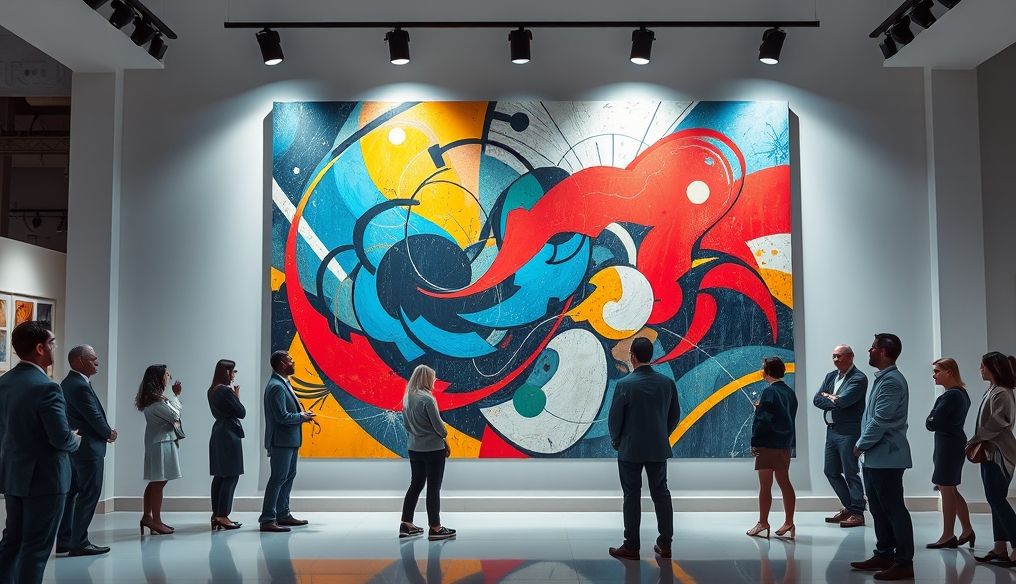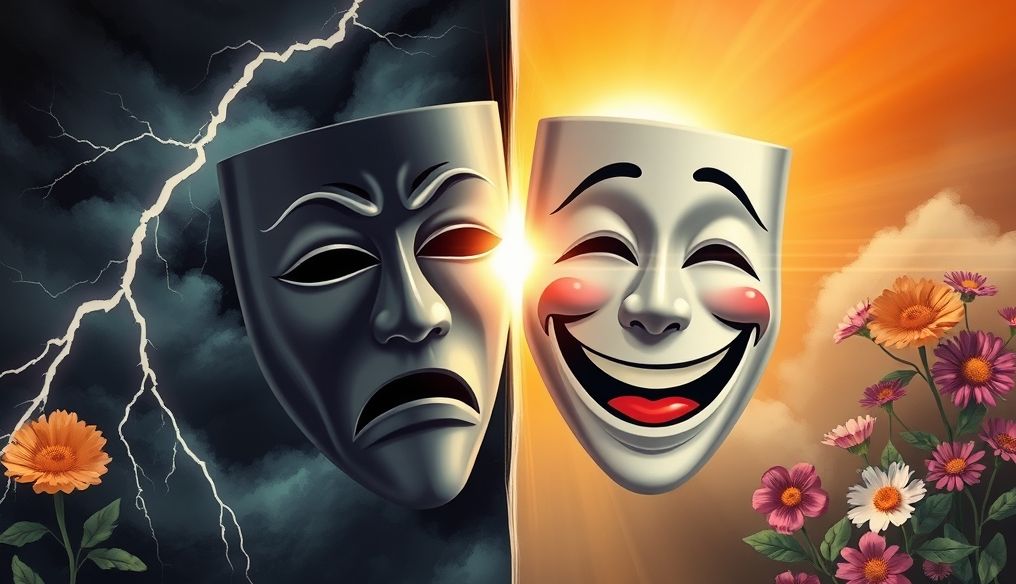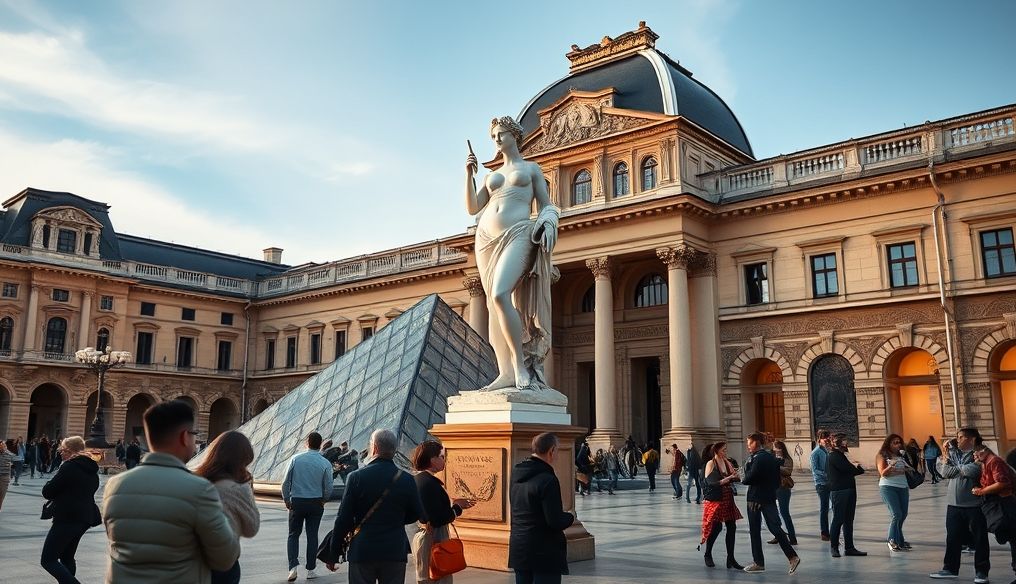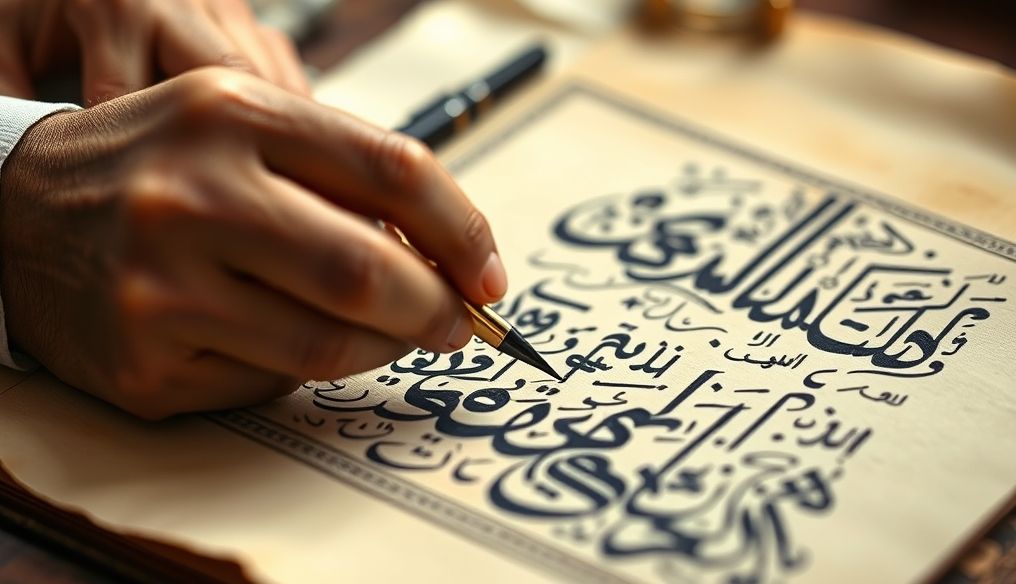What is Abstract Art?
Abstract art, simply put, is art that does not directly represent reality. Instead of depicting things as we see them, the artist uses colors, shapes, lines, and textures to create a visual composition that does not rely on realistic representation. Abstraction emerged in the early 20th century as a reaction against traditional art that focused on the accurate imitation of the world.
Origins and Evolution of Abstract Art
The roots of abstraction can be traced back to previous artistic movements such as Impressionism, Expressionism, and Cubism, which began to move away from realistic representation. Prominent pioneers of abstraction include Wassily Kandinsky, Piet Mondrian, and Kazimir Malevich.
- Wassily Kandinsky: Considered the spiritual father of abstraction. He believed that colors and shapes could express emotions and ideas directly, without the need to represent material things.
- Piet Mondrian: Famous for his geometric paintings that use straight lines and primary colors (red, blue, and yellow). He sought to achieve balance and harmony in his works.
- Kazimir Malevich: Created the concept of "Suprematism," an art that focuses on simple geometric shapes, especially the square. His most famous work is "Black Square."
Why is Abstract Art Difficult to Understand?
The main reason why abstract art is difficult to understand is that it does not provide us with a clear visual reference. We are used to seeing things in the real world, and when we see an abstract painting, we look for something familiar, which we often do not find.
Preconceived Notions and Their Role in Understanding
We enter the world of abstract art with preconceived notions about what art should be. We expect to see clear images or understandable stories. When we don't find that, we feel frustrated and confused.
Absence of a Clear "Story"
In traditional art, there is often a clear story or message. In abstract art, the artist often leaves it up to the viewer to decide what the painting means. This can be confusing for some, but it is also part of the appeal of abstraction.
How to Start Understanding Abstract Art?
Understanding abstract art requires changing the way you think. Instead of looking for a clear and specific meaning, try to focus on the visual elements of the painting: colors, shapes, lines, and textures.
Focus on Visual Elements
Ask yourself: What colors do you see? How do these colors interact with each other? What are the dominant shapes in the painting? Are there sharp or curved lines? Are there different textures?
Thinking About Emotions and Feelings
How does the painting make you feel? Do you feel happiness, sadness, anger, calmness, or excitement? Does the painting evoke certain memories or thoughts?
Reading About the Artist and Their Historical Context
Knowing more about the artist's life and historical circumstances can help you understand their works. What ideas and concepts were occupying the artist? What events influenced their art?
Techniques for Appreciating Abstract Art
There are several ways you can use to appreciate abstract art. Try these techniques and see what works for you:
Visual Contemplation
Sit in front of the painting and take your time looking at it. Try to relax and let your thoughts wander freely. Do not try to analyze the painting logically, but let it affect you on an emotional level.
Writing Impressions
After looking at the painting, write down your impressions of it. What words come to mind? What images or memories does the painting evoke?
Discussing with Others
Talk to others about the painting. Listen to their different perspectives. This can help you see the painting in new ways.
Examples of Famous Abstract Artworks
Studying famous abstract artworks can help you understand this type of art better:
- "Composition VIII" by Wassily Kandinsky: A painting full of colors and shapes that express emotions and feelings.
- "Composition with Red, Yellow and Blue" by Piet Mondrian: A geometric painting that uses straight lines and primary colors to achieve balance and harmony.
- "Black Square" by Kazimir Malevich: A simple painting that represents a turning point in the history of abstract art.
- "Number 1, 1950 (Lavender Mist)" by Jackson Pollock: An example of abstract expressionism, where the artist uses the drip technique to create a dynamic and complex painting.
Abstract Art and Self-Expression
Abstract art is often a way for the artist to express their inner feelings and thoughts. It can be an expression of joy, sadness, anger, or any other emotion. By using colors, shapes, and lines, the artist can convey these feelings to the viewer.
The Role of the Unconscious in Abstract Creation
Some artists believe that the unconscious plays an important role in abstract creation. By allowing their hands to move freely on the canvas, they can access ideas and feelings they were not aware of before.
Abstract Art as a Mirror of Society
Abstract art can also reflect the issues and problems of society. By using symbols and gestures, the artist can comment on political, social, and cultural events.
The Influence of Abstract Art on Other Fields
The influence of abstract art has not been limited to the art world only, but has extended to other fields such as design, architecture, and fashion.
Interior Design
Interior design has been influenced by abstract art through the use of bold colors, geometric shapes, and unconventional compositions. This influence can be seen in furniture, lighting, and decor.
Architecture
Abstract art has influenced architecture by encouraging the use of unconventional shapes, new materials, and innovative techniques. This influence can be seen in modern and contemporary buildings.
Fashion
Fashion designers have been inspired by abstract art through the use of bright colors, geometric patterns, and bold designs. This influence can be seen in clothing and accessories.
Should You Like Abstract Art?
You don't have to like abstract art, but you should be open to it. Try to understand and appreciate it, even if you don't agree with it. Abstract art is part of art history, and it has great cultural and artistic value.
Openness to New Experiences
Exposure to abstract art can help you open up to new experiences and broaden your intellectual horizons. It can help you see the world in different ways.
Developing Artistic Taste
Even if you don't like abstract art, studying it can help you develop your artistic taste and understand other types of art better.
Ultimately, understanding abstract art is a personal journey. There are no right or wrong answers. The most important thing is to be open and willing to explore a new world of colors, shapes, and emotions.




